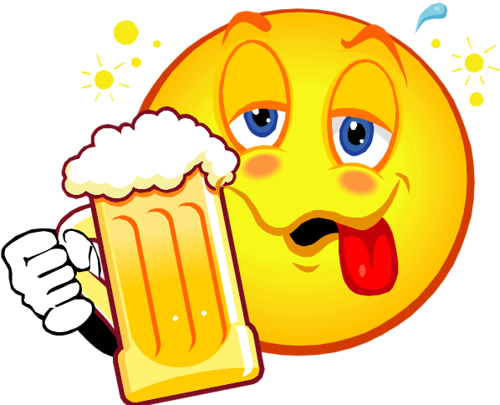

Mobile users:
For best results, view in Landscape mode.
Never drive after drinking alcohol or taking drugs.
Recognizing Drunk Drivers:
A driver may be intoxicated if
he or she
exhibits any of
the following behavior:
1. Fails to stay in lane or
weaves from one lane to next.
2. Drives without headlights at night.
3. Drives erratically - stops, turns, swerves suddenly or reacts slowly.
4. Narrowly avoids hitting objects or other vehicles.
5. Keeps windows open in cold or inclement weather.
6. Signaling that is inconsistent with driving actions.
7. Driving slower than 10 mph below the speed limit.
8. Accelerating or decelerating quickly.
9. Turning with wide radius.
10. Signaling that is inconsistent with driving actions.
11. Slow response to traffic signals.
12. Stopping without cause in traffic lane.
13. Turning abruptly or
illegally.
14. Braking erratically.
15. Driving into oncoming traffic.
16. Stopping inappropriately
other than in a traffic lane.
Alcohol is a major killer on our roads.
About one half of all traffic deaths are alcohol related.
Effects of alcohol:
Blood
Alcohol Concentration ( BAC ) refers to the amount
of alcohol contained in a person's blood.
It is measured as weight per unit of volume.
Typically this measurement is converted to a percentage
such
as 0.10%, which indicates that one-tenth of a percent of
a
person's blood is alcohol.
In Wisconsin, the BAC legal
limit is 0.08 percent, which is also the
level at which all drivers, even experienced
drivers, are impaired with
respect to critical driving skills.
Visual problems
Alcohol can cause
double or multiple vision and blurring.
It also
reduces peripheral vision, making it difficult to see
vehicles approaching from the right.
Loss of concentration
Drinking may
cause drowsiness.
When
alertness decreases, the chances of having an accident
increase.
Slowed reaction time
Drinking slows
reflexes and hinders coordination.
Drivers who
can't react quickly are a hazard to themselves and others.
Poor judgment
Alcohol acts like
an anesthetic, dulling areas of the brain that
enable people to make sensible decisions.
Risks of Alcohol
People fail to
recognize alcohol's handicapping effects.
Some
drinkers mistakenly think that alcohol improves their
driving
ability.
People foolishly believe
that coffee, a cold shower, exercise or
fresh air can sober them up.
Time is the only way to
sober up.
Some people lack experience as drivers.
The result may be
unpredictable driving behavior when they are drunk,
possibly leading to tragedy.
People don't realize that
beer and wine are just
as potent as hard liquor.
12 oz. of beer, 5 oz. of wine
and 1.5 oz. of 80 proof
liquor all contain the same amount of alcohol.
Don't drink and drive and don't ride with anyone who has
too much to drink.
Be a true Friend:
Most problem drinkers and drug-takers deny their problems,
their fear, their anger, their guilt; and they deny that
their impaired driving is a criminal act.
If you really want to help when you see your friend
has been drinking and wants to drive, say NO!
When your mind tells you that your friend is capable
of blatantly killing other road users.
If they are a close friend, try and use a soft, calm approach at first.
Suggest to them that they’ve had too much to drink and it would be
better if someone else drove or if they took a cab.
Persuade your family, friends, co-workers, etc. that drinking
& driving is unacceptable.
Actions speak louder than words.
Your behavior will clearly support your outrage at this
preventable homicide on our roads.
Be calm. Make light of it.
Try to make it sound like you are doing them a favor.
If they are a best friend, spouse, or significant other, tell them that
if they insist on driving, you are not going with them.
Suggest that you will call someone else for a ride, take a cab, or walk.
Remember, it is usually themselves and their passengers
who are harmed by drunk drivers.
The risk of collision for drunk drivers is several hundred
times higher than for a non-drinking driver.
Every single injury and death caused by drunk driving is
totally preventable.
Unfortunately, over 20% of all traffic fatalities in the U.S.
each year are caused by drunk drivers.
Thus, drunk driving remains a serious national problem
that tragically affects thousands of victims annually.
